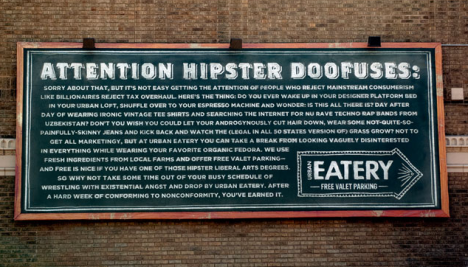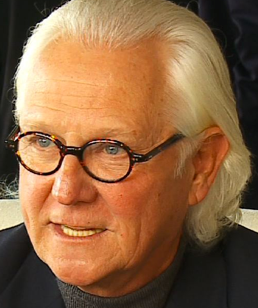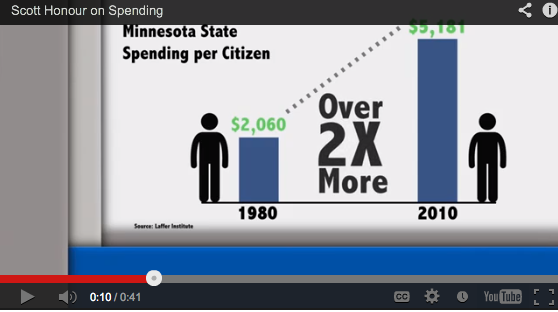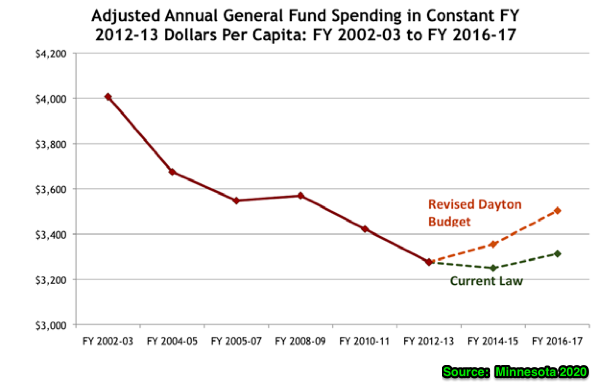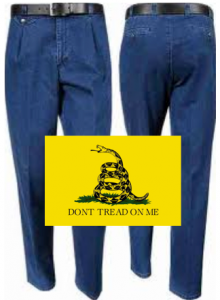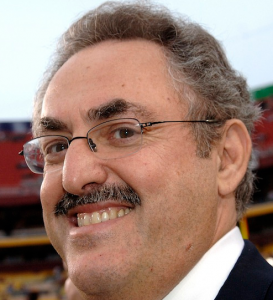 Minnesota Vikings owner Zygi Wilf has announced that he refuses to negotiate with stadium officials until they finish looking into his finances. In the Star Tribune coverage of this development, Team Wilf strikes a rather bratty tone:
Minnesota Vikings owner Zygi Wilf has announced that he refuses to negotiate with stadium officials until they finish looking into his finances. In the Star Tribune coverage of this development, Team Wilf strikes a rather bratty tone:
The Minnesota Vikings said Friday there is “no point” in negotiating the user and development agreements for a new stadium while the state agency responsible for it is conducting an investigation of the team’s owners.
“Until the authority has the confidence in our organization there’s no point in moving forward with negotiations,” said Lester Bagley, the Vikings’ vice president of public affairs and stadium development.
In an interview with Politics in Minnesota’s Weekly Report, Chair of Metropolitan Sports Facility Authority (MFSA) Michelle Kelm-Helgen sounded baffled by the Vikings ownership’s snit:
In news accounts, they said we were not good partners at this point. Here’s what I would like to say: They’ve been very clear that they will not talk about these agreements anymore until the due diligence is done. I try to interpret what they mean by that, and I’m not sure I fully understand it. Does the fact that we’re doing this due diligence make us bad partners? We need to reassure the people of Minnesota before the agreement is signed and the bonds are sold that there are no further problems or liabilities out there. If that makes us bad partners, I don’t understand that.
Again, all of this comes a few days after Wilf was found guilty of reneging on a multi-million dollar business partnership deal. Wilf justified these illegal actions by saying he felt another Wilf family member gave the partner too good of a deal, so Zygi took it upon himself to unilaterally right the perceived wrong in a manner that apparently was outside of, let’s just say, generally accepted accounting practices. The judge in the case said Wilf had an “evil” motive.
At the very moment this judgement came down, Minnesota taxpayers were about to go into a $975 million business partnership with the Wilfs, with taxpayers paying around half of the cost. And Team Wilf acts as if the Governor and his appointees have no right to ask questions on taxpayers’ behalf?
Just from a pure entertainment standpoint, the headline of news coverage of this latest melodrama could become interesting:
Perp Pride: Convicted Vikings Owner Claims Victimhood?
Lone Wilf Howls From Negotiation Sidelines
Limber Wilf: Owner Who Defrauded Partner Calls State A Bad Partner
Zygi A Victim, Or Wilf In Sheep’s Clothing?
Dayton: No More Wilf Guarding The Chicken Coop
– Loveland
Note: This post also appeared in Politics in Minnesota’s Best of the Blogs.

